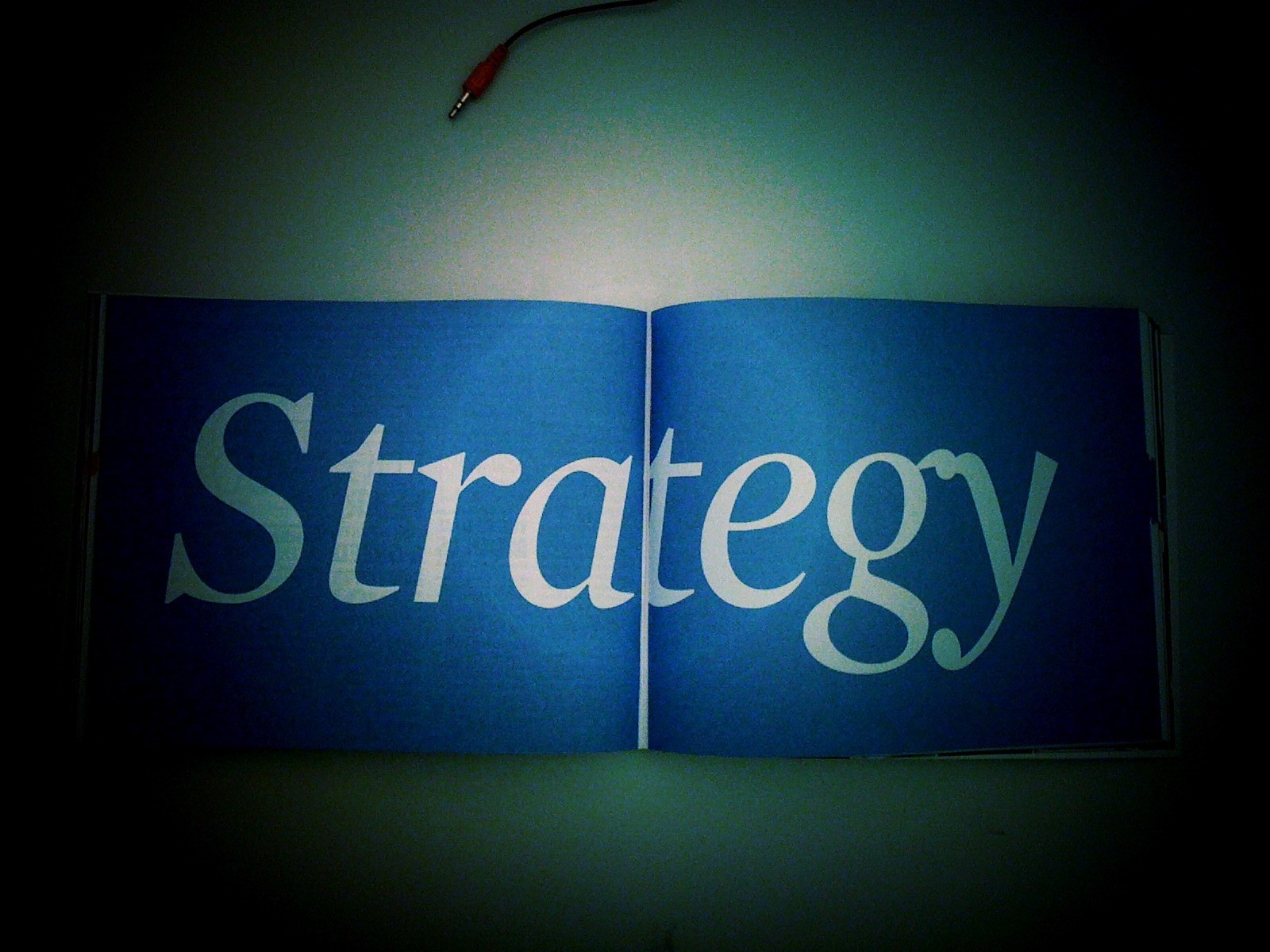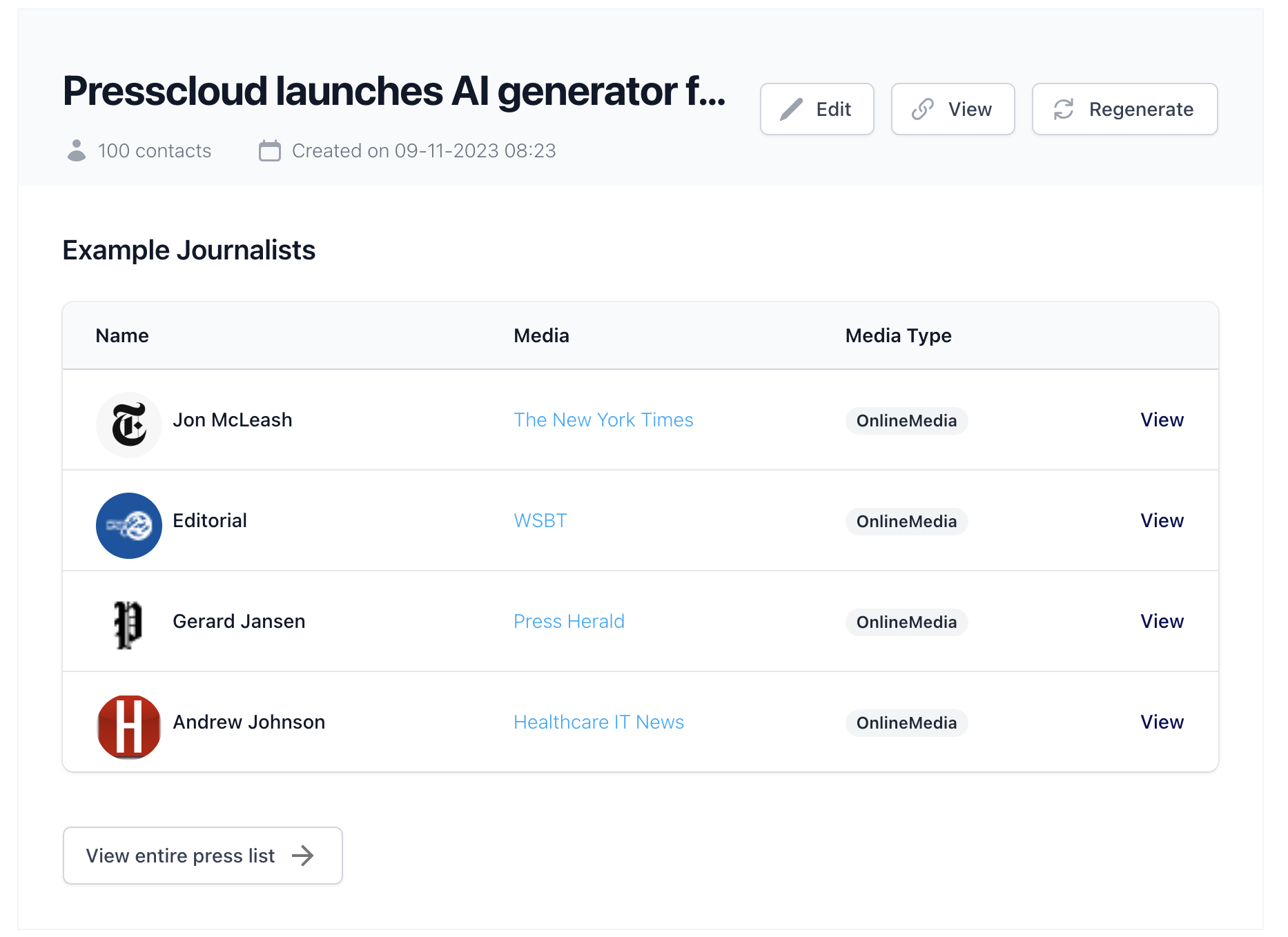PR Strategy
Creating a PR strategy is definitely no easy feat. But don’t let the blank Word document intimidate you, from which your PR plans should unfold. These eight questions will help you get started on shaping a PR strategy.
Question One: Who is my target audience?
First of all, ask yourself what your target audience is. Although you may have developed a product or service you'd love to sell to the whole world, it pays off to initially focus on a single target audience.
By focusing primarily on a single target audience, you can devise a plan on how to reach them. Be selective in the beginning: focus on entrepreneurs, HR professionals, or freelancers, for example.
Question Two: What is my expertise?
Many highly educated people suffer from the same affliction: they think they know about everything. That's not bad, it’s very human, even. But it also presents a challenge: if you think you have an opinion or vision on many topics, you're not recognizable.
Strive to always be a 'big fish in a small pond'. In other words: claim (a part of) a domain, be recognizable on a certain theme, and convey a specific vision. Until it bores you and you think your audience will be sick of it: it usually takes a long time (longer than you hope) before you’re recognized for a particular theme.
Question Three: What are my target audience's challenges?
Content only scores if it's relevant to your target audience. By asking yourself what the challenges of your target audience are, it becomes clear what content can help them get started.
So organize trend conversations with all departments in your organization. Colleagues in sales are (if all is well) doing nothing but initiating conversations with (potential) clients. They have a great insight into the content needs of your target audience.
Question Four: What convinces my target audience?
A content calendar starts with the question: what would my target audience like to know? But you also want to share information about your company. So ask yourself: what do I want my audience to know about our organization?
What is convincing content? Think of messages about new business or a partnership with a leading partner. Utilize such ambassadors (social proof) and make them part of your content calendar. Also report on the arrival of new colleagues: it shows that your organization is in motion – that is, experiencing growth.
Question Five: What media does my target audience read?
There is a mistake that entrepreneurs and marketers often make. Do you want to know what it is? We often think that our target audience will read the same media as we do. While this need not be the case. In fact, the chance is small that your target audience reads the same media as you.
If you've founded a startup in the event industry, you follow media that write about startups and events. But your target audience – event professionals – will probably not follow media about startups. They will be concerned with events, so mainly read media about events – and to a very limited extent follow media about startups or entrepreneurship.
Question Six: Can I alternate between different types of content?
Ideally, your content calendar shows variation. You write press releases sharing interesting market insights, tips, or how-to’s, announcing new clients, sharing a study, or tapping into the news. Here you’ll find five types of news to draw inspiration from.
Aim to not often (or ideally, never) repeat two forms of news. Variety is the spice of life; it is more interesting for media if different types of news alternate.
Question Seven: How can I make this content yield more returns?
How can you optimally utilize publicity in a magazine, site, radio, or TV program? Many companies share the publicity they have achieved on their own channels. For example, they write a blog about it on their website. Or they only share the link to the publication or interview.
Tip: Share a publication on the company's LinkedIn page. Then use a modest advertising budget so that even more people notice that you have appeared in the media. This way, you smartly combine owned (PR) and paid (advertising).
Question Eight: Can I measure what this content means for my brand?
There are different ways to measure the success of PR:
- An increase in the number of visitors to your website;
- An increase in newsletter subscription sign-ups on your site;
- More inquiries from journalists;
- An increase in the number of publications.
PR is a long-term investment. A good PR message does not result in a new customer within a day – also because B2B sales processes are lengthy. By asking a new prospect how they learned about your organization (through Google, an article in the media, or word of mouth), you can gauge somewhat what the influence of PR on sales is.
Conclusion: PR Strategy
The questions above help you shape a PR strategy. To ensure that PR really succeeds, you need to ensure that there is enough support for it. In this blog on how PR contributes to sales efforts, you'll find plenty of tips for that.

